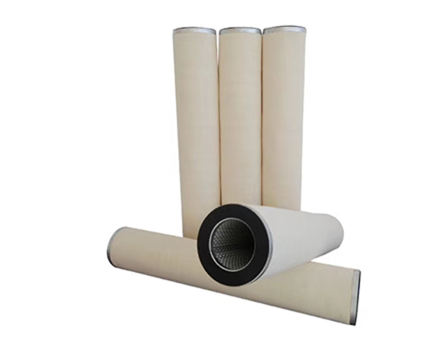 Tel:
+8615930870079
Tel:
+8615930870079
Aug . 13, 2024 12:18 Back to list
Optimizing Dust Collection Systems with High-Performance Filter Cartridge Solutions for Effective Filtration
Filter Cartridge Dust Collector Essential Technology for Air Quality Management
In today’s industrial landscape, maintaining air quality is not just a regulatory requirement; it's a crucial component of operational efficiency and worker health. Among the various technologies designed to enhance air purification, the filter cartridge dust collector stands out as a particularly effective solution. This article delves into the importance of filter cartridge dust collectors, their working principles, benefits, and applications.
Understanding Filter Cartridge Dust Collectors
Filter cartridge dust collectors are specialized systems designed to capture and remove airborne particles generated during industrial processes. They incorporate a series of filter cartridges that trap dust and other contaminants as air is drawn through them. These systems are particularly effective for operations that produce a significant amount of particulate matter, such as woodworking, metalworking, and food processing.
The key components of a filter cartridge dust collector include the inlet for contaminated air, the filter cartridges themselves, a cleaning mechanism, and a collection bin for the captured dust. The filtration process begins when the contaminated air is drawn into the system. As the air passes through the filter cartridges, particles are trapped on the exterior or within the filter media, allowing cleaner air to be expelled back into the environment.
Working Principle
The operation of filter cartridge dust collectors is governed by a combination of mechanical and physical filtration processes. When air enters the collector, it is forced through a series of filter cartridges made from various materials depending on the intended application. These materials can include pleated fabrics, fiberglass, and other synthetic substances designed for optimal dust capture.
As the air flows through the filter, larger particles are filtered out first, followed by smaller ones. Over time, dust accumulates on the filter cartridges, which necessitates a periodic cleaning process. Many systems utilize a pulse jet mechanism, which sends bursts of compressed air through the cartridges to dislodge and remove collected particles, ensuring the system maintains peak performance.
filter cartridge dust collector

Benefits of Filter Cartridge Dust Collectors
1. Efficiency Filter cartridge systems are designed to achieve high filtration efficiency, capable of capturing particles as small as 0.3 microns with an efficiency rate of 99.9%. This level of filtration is crucial for industries where the presence of fine dust can affect product quality and worker health.
2. Space-Saving Design Compared to traditional baghouse collectors, filter cartridge systems generally require less space, making them ideal for facilities with limited floor space. Their compact design allows for easier integration into existing setups.
3. Lower Maintenance Costs The robust construction of filter cartridges often leads to longer service life and reduced maintenance costs. This translates into savings for businesses while ensuring compliance with air quality regulations.
4. Versatile Applications These dust collectors can be utilized in various industries, including agriculture, pharmaceuticals, mining, and metalworking. The adaptability of filter cartridge systems makes them suitable for a wide range of particulate matter and operational needs.
Conclusion
Filter cartridge dust collectors are an indispensable tool for industries striving to maintain a clean and safe working environment. By efficiently capturing harmful dust and particulate matter, these systems contribute significantly to enhanced worker safety, compliance with environmental regulations, and overall operational efficiency. As industries continue to prioritize air quality, the adoption of filter cartridge technology is expected to grow, heralding a cleaner, healthier future for workplaces around the globe. Investing in adequate dust collection systems is not merely an operational choice; it is a commitment to sustainability and responsibility within the industrial sector.
-
Types and Applications of Air Filtration CartridgesNewsJul.28,2025
-
The Role of Gas Turbine FiltersNewsJul.28,2025
-
Mastering Air Filter Cartridge UseNewsJul.28,2025
-
Advanced Turbine Filters for Modern Gas TurbinesNewsJul.28,2025
-
Cellulose Air Filter Cartridge Advantages in Dust FiltrationNewsJul.28,2025
-
Cellulose Filters for Air Particle ReductionNewsJul.28,2025

 Email:
Email:





